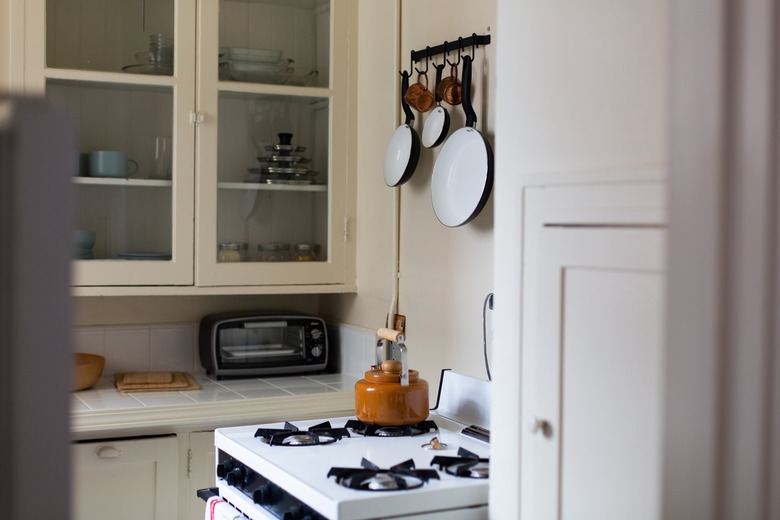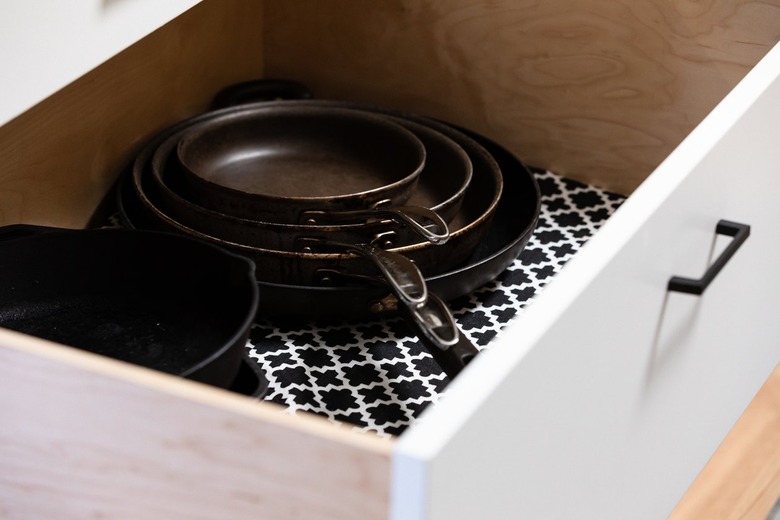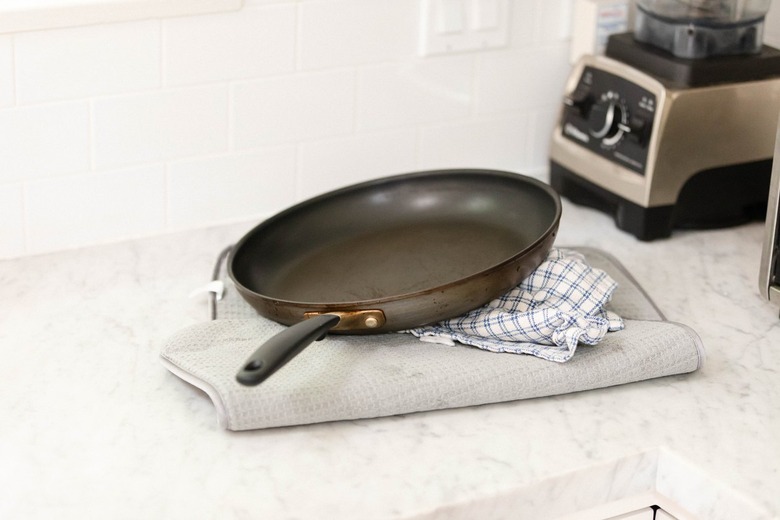The Great Debate: Ceramic Vs. Nonstick
In the last few years, you've likely heard more and more about ceramic cookware. It's no wonder, since it's now being carried at Target and Walmart, and you can find collaborations between notable companies like Food52 and Goop with top ceramic cookware brands. Right now, in the world of cooking, ceramic cookware is a huge trend.
But if you're not one to quickly jump onto a trend bandwagon (and you like to do your homework), you may want to weigh the pros and cons of ceramic cookware before purchasing. And you also might be wondering about ceramic vs. nonstick. Is one necessarily better than the other?
Read on for information on ceramic and nonstick cookware, learn about Teflon, and decide if you should invest in a ceramic cookware set once and for all.
Ceramic Cookware
Ceramic Cookware
There are two different types of ceramic cookware: ceramic-coated and 100% pure ceramic — you'll read more about the differences between these two later. While ceramic-coated cookware is made up of metal, usually aluminum, that's been coated in ceramic derived from sand (silicon acts as a nonstick agent), pure ceramic is ceramic through and through and made entirely from clay.
As with any pots and pans, there are pros and cons to ceramic cookware. First, the benefits: they certainly live up to their nonstick claim, making cooking easy-peasy; they're a cinch to clean, only needing a bit of mild dishwashing soap and warm water; and the biggest bonus of all is that they're nontoxic and eco-friendly, which means you won't have to worry about chemicals wafting in the air or leaching into your food.
Then there are the downsides. First of all, ceramic cookware tends to not distribute heat evenly, which could lead to frustrating cooking. It's less durable and can scratch easily without proper care. It's lightweight, something that could be a good thing if you prefer that, but some cooks are drawn to heftier options. And you shouldn't use metal utensils while cooking.
Nonstick Cookware
Nonstick Cookware
Nonstick cookware is typically made of aluminum and coated in a material called Teflon, a product that was first made in the 1930s. Otherwise known as Polytetrafluoroethylene or PTFE, it's the most common nonstick coating other than ceramic.
There are some pros to traditional nonstick cookware. It's dishwasher safe. It's durable. The food slides right off. And you can purchase nonstick cookware at a fairly low price point.
But we'd be remiss if we didn't share the cons of nonstick cookware. Since it is a manufactured chemical, it can leach into food and release into the air, especially at high temperatures. This can bring about a number of health concerns, including, unfortunately, cancer. Many studies have come to prove that Teflon isn't the safest cookware around.
Pure Ceramic or Ceramic Coating?
Pure Ceramic or Ceramic Coating?
Even though ceramic cookware does require a little extra TLC when it comes to ceramic vs. nonstick, it's the frontrunner for healthy and environmentally friendly cooking. But it begs the question: pure ceramic or ceramic coating?
It really depends on your preferences. Some people prefer pure ceramic cookware because after the ceramic coating disintegrates over time, there is a risk that the aluminum or other metal underneath can leach into your food. So, if you're going for all-out health, 100 percent ceramic might be your best pick.
Pure ceramic cookware can be used in the microwave, while ceramic-coated cookware can't. It also retains heat for an extremely long time, unlike ceramic-coated cookware. But ceramic-coated cookware can be used on induction cooktops, whereas pure ceramic should not.
The choice is yours as you set out on your quest for a cookware set to add to your culinary collection. But if we were to name a clear winner in the debate of ceramic vs. nonstick, we'd have to go with ceramic, hands-down. Whether it's ceramic-coated or pure ceramic, ceramic cookware is definitely a healthier choice than Teflon-coated nonstick cookware.



